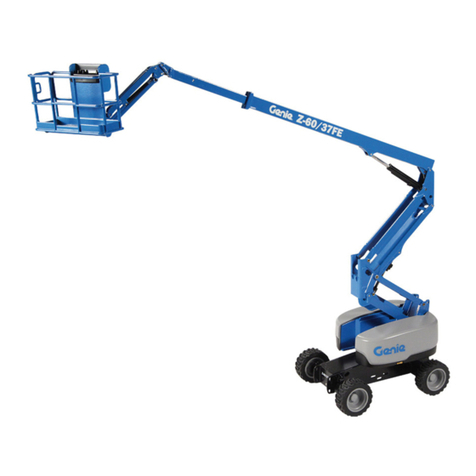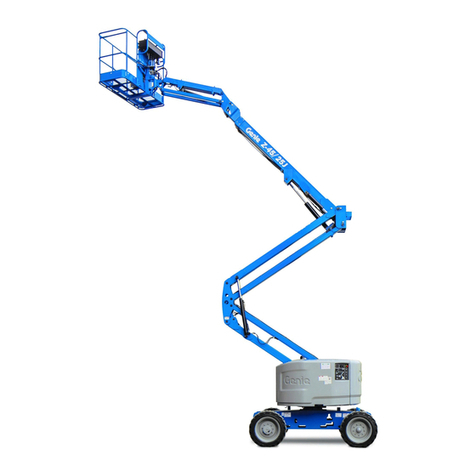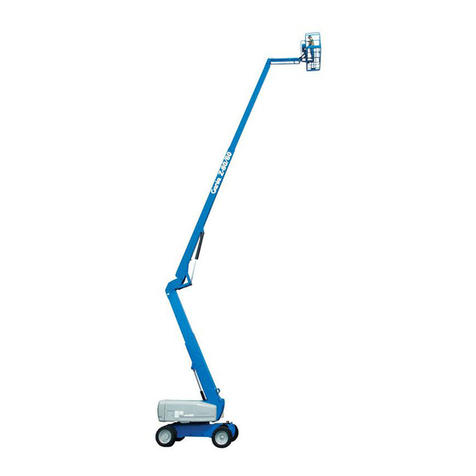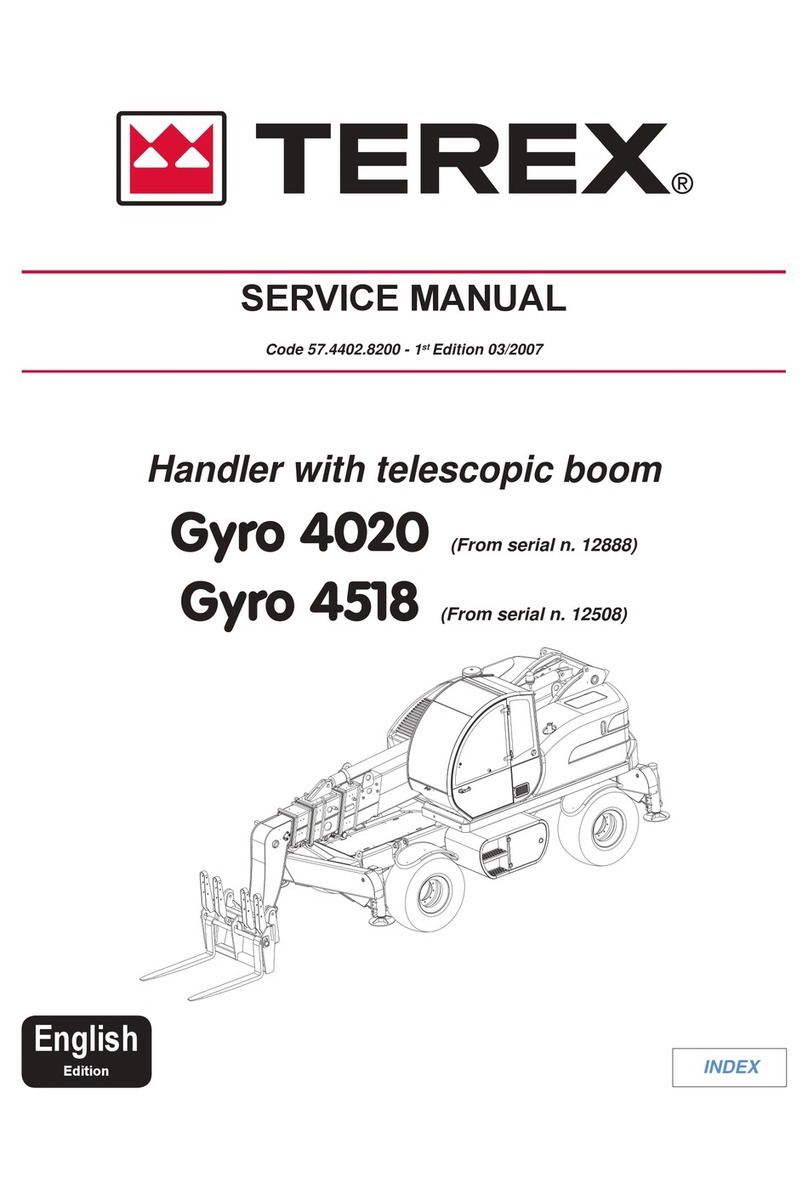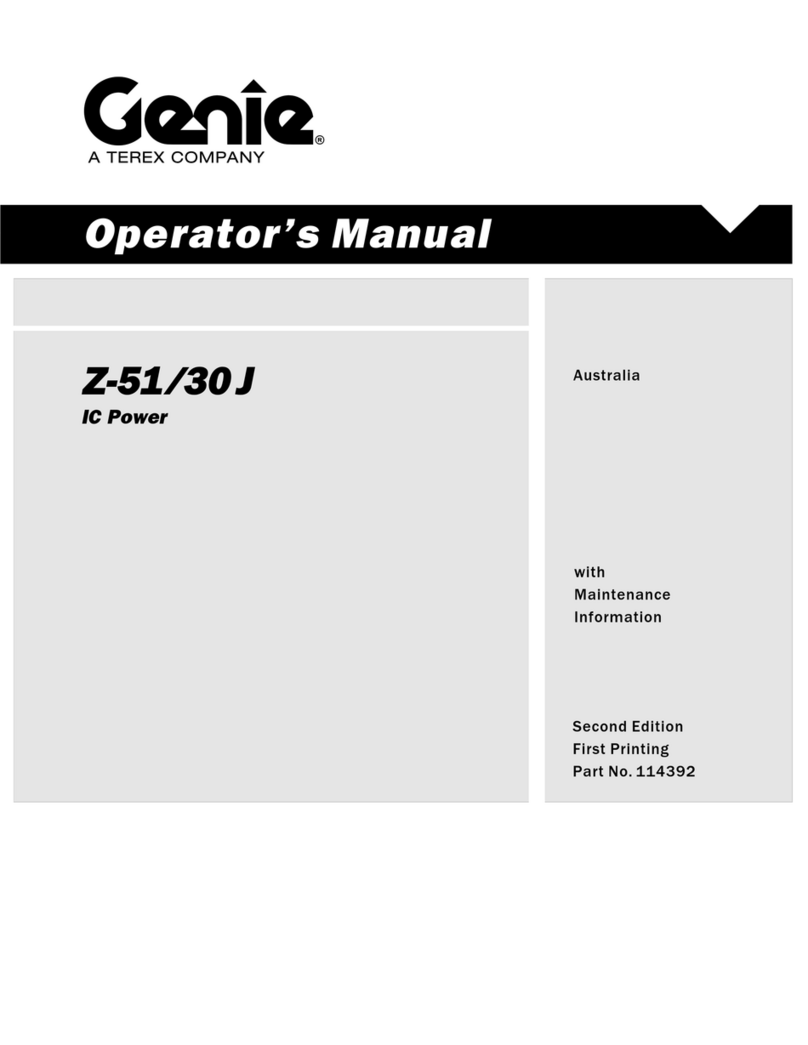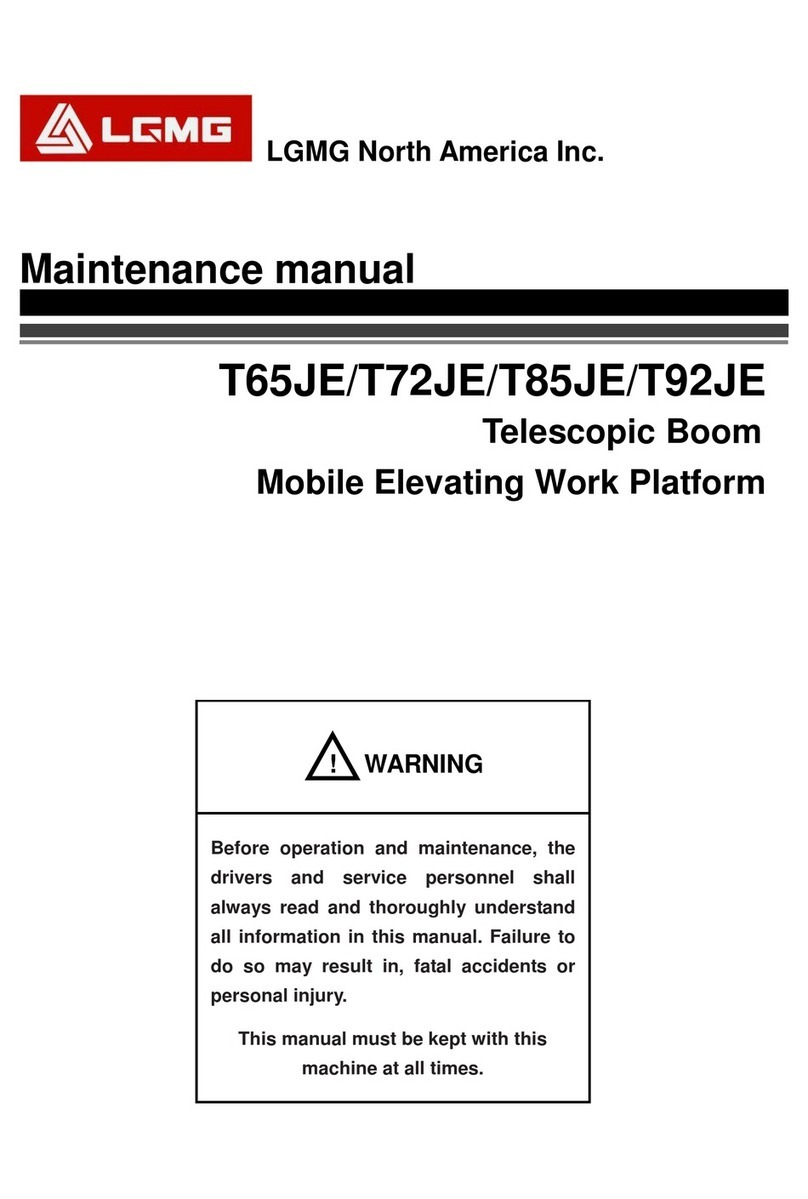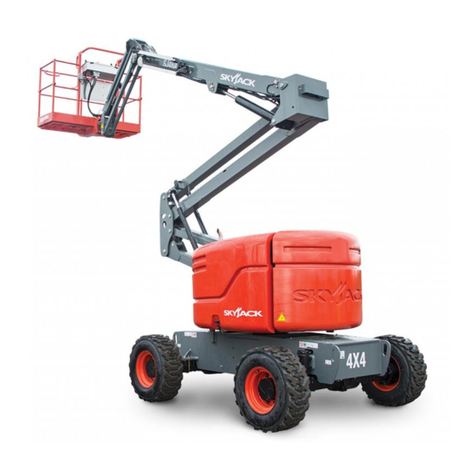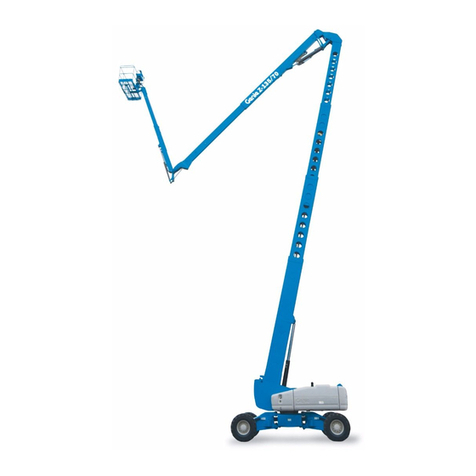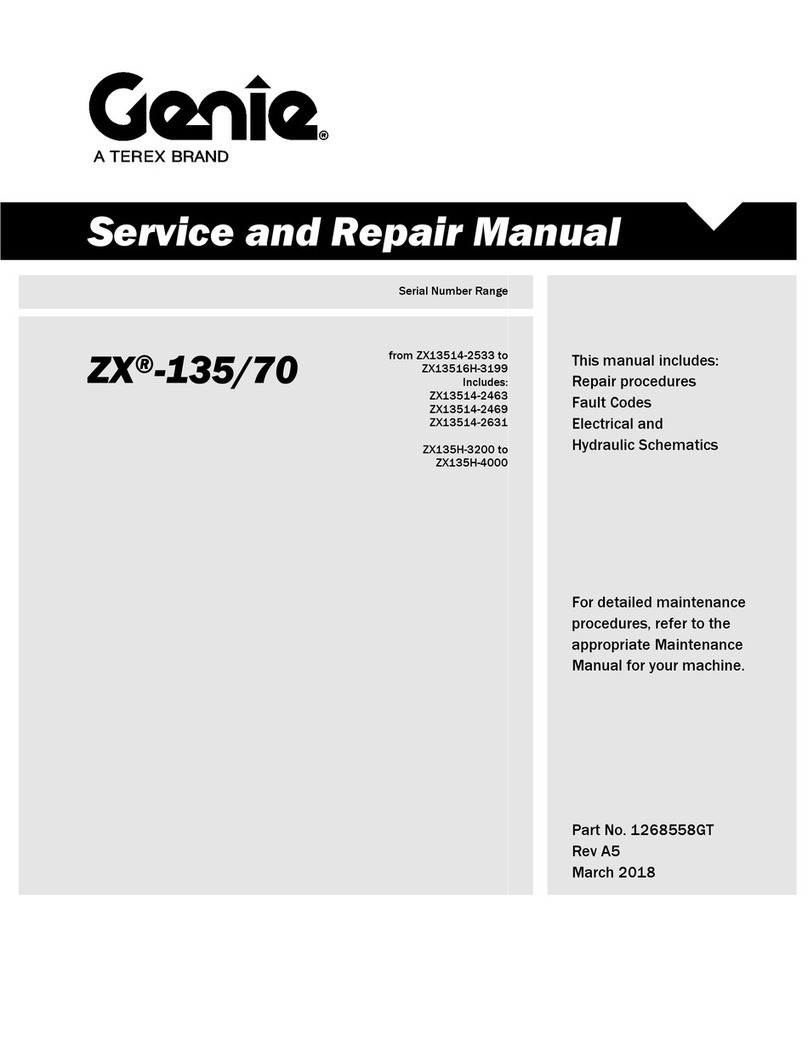JLG K13 Instruction Manual
Other JLG Boom Lift manuals
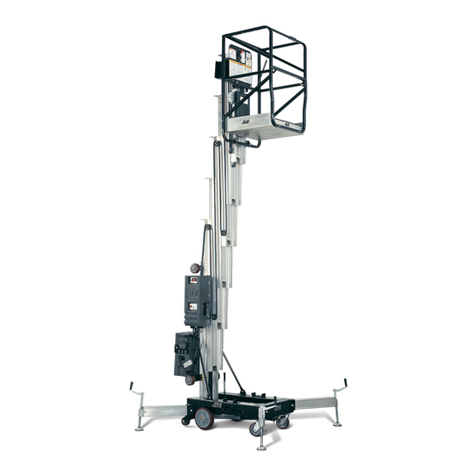
JLG
JLG AM-19 Setup guide
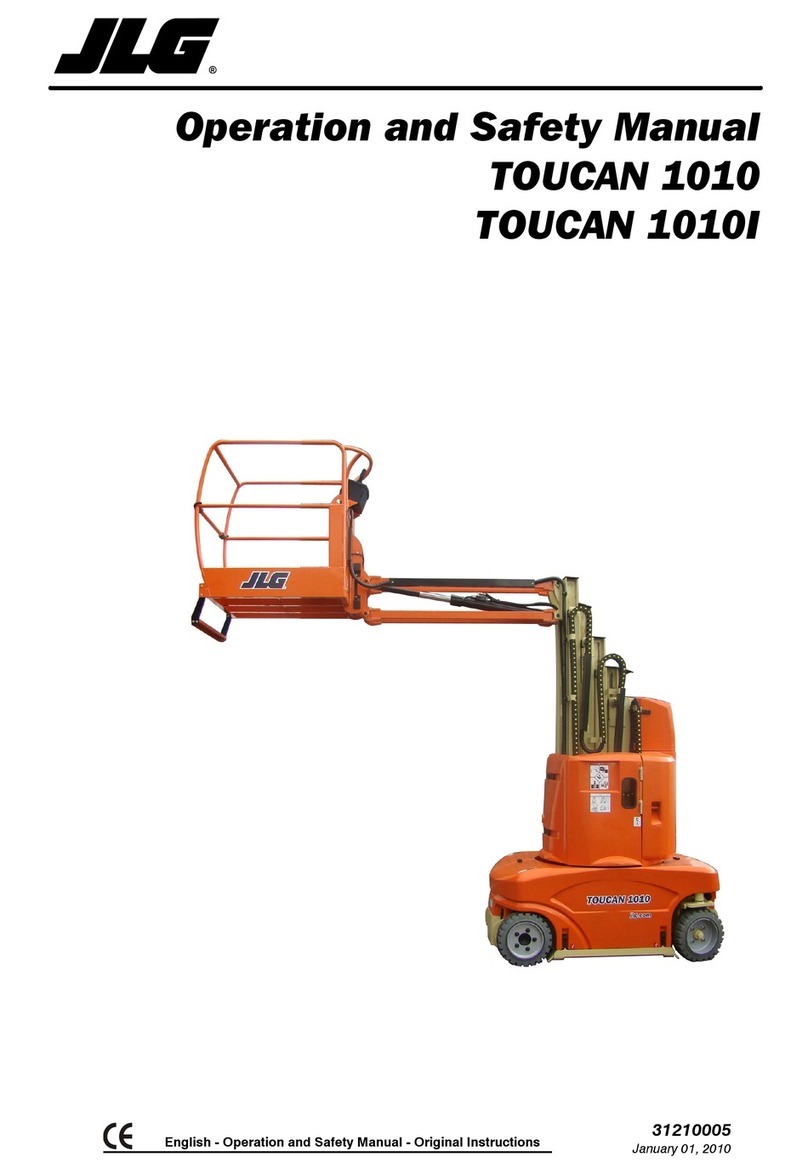
JLG
JLG TOUCAN 1010 I Use and care manual

JLG
JLG EcoLift 50 Use and care manual

JLG
JLG EC600SJ Use and care manual
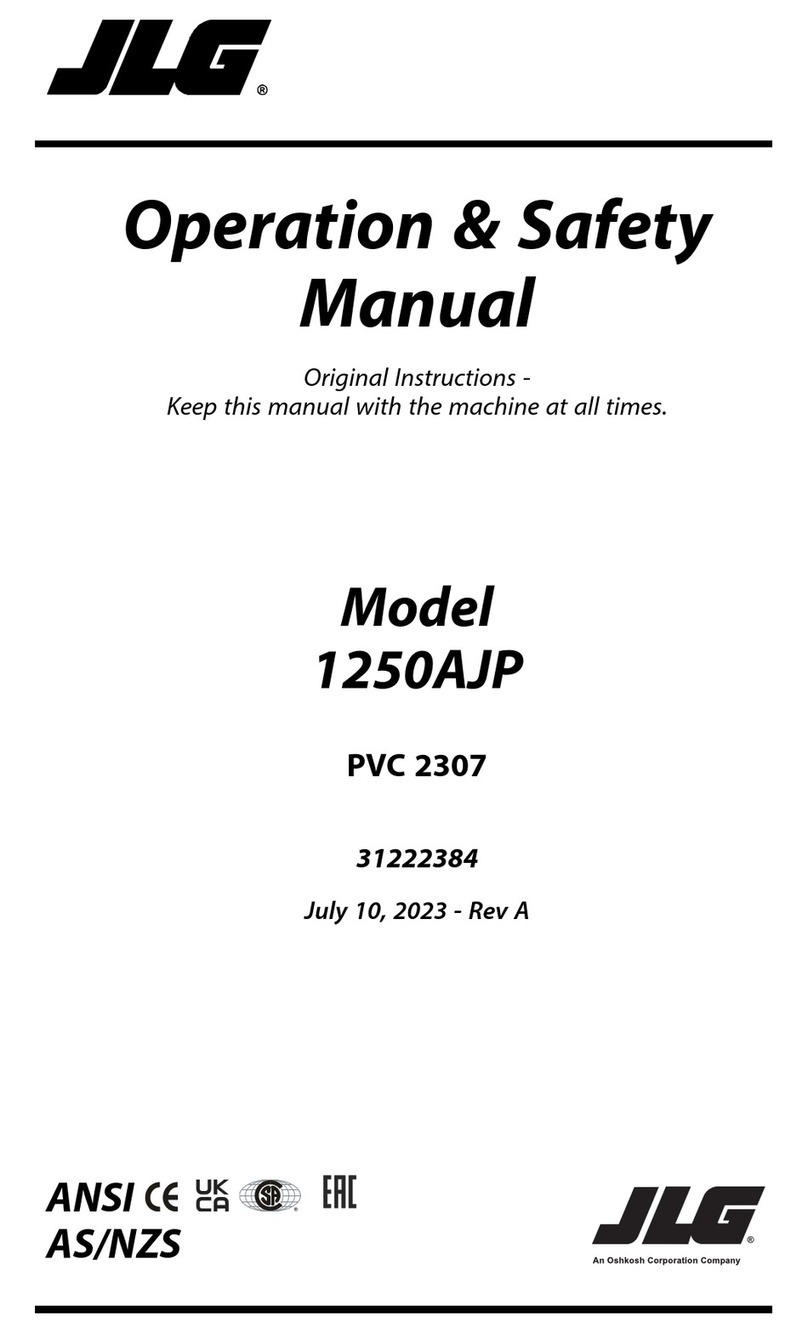
JLG
JLG 1250AJP Use and care manual

JLG
JLG 3369LE User manual

JLG
JLG 1930ES Use and care manual
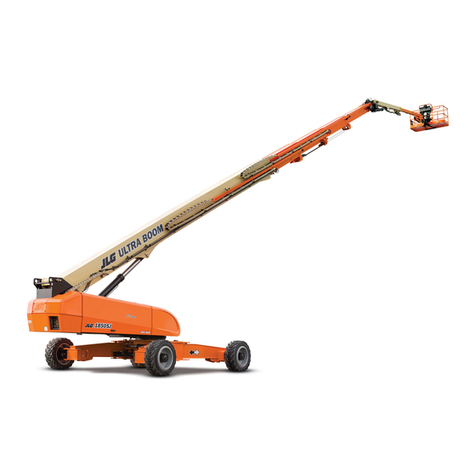
JLG
JLG 1850SJ Installation and user guide
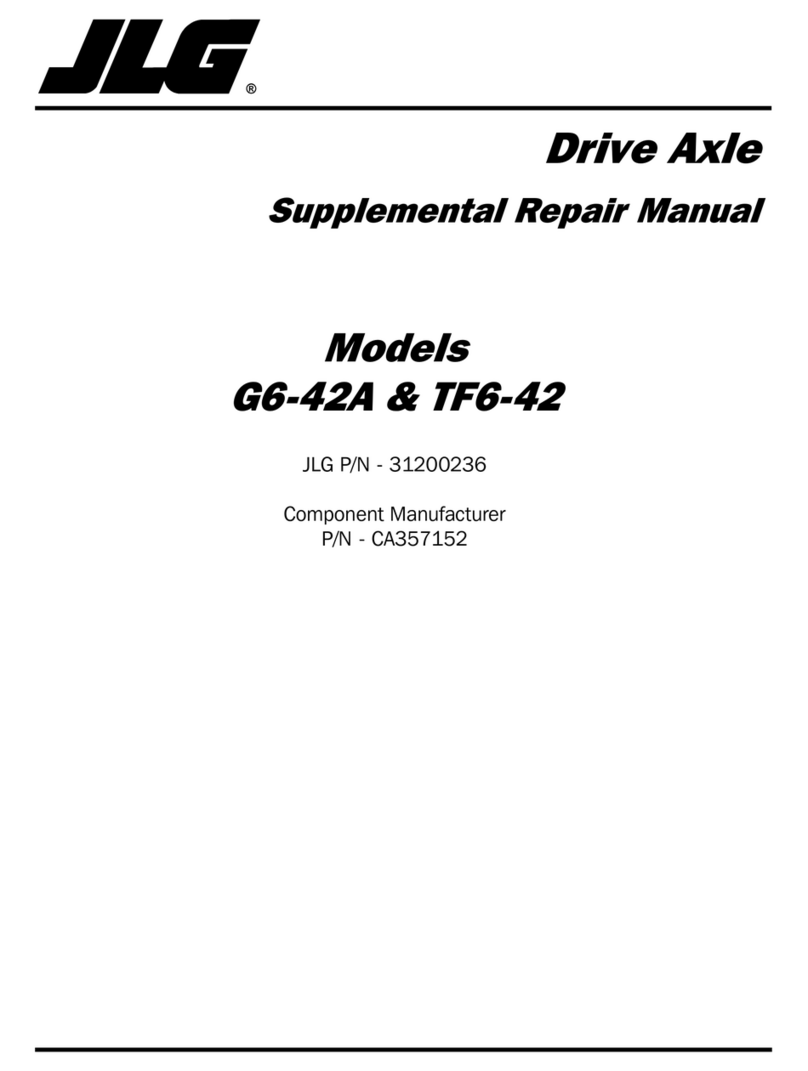
JLG
JLG G6-42A Operating instructions

JLG
JLG 330CRT Use and care manual

JLG
JLG Toucan 8e Use and care manual

JLG
JLG 1200SJP User manual
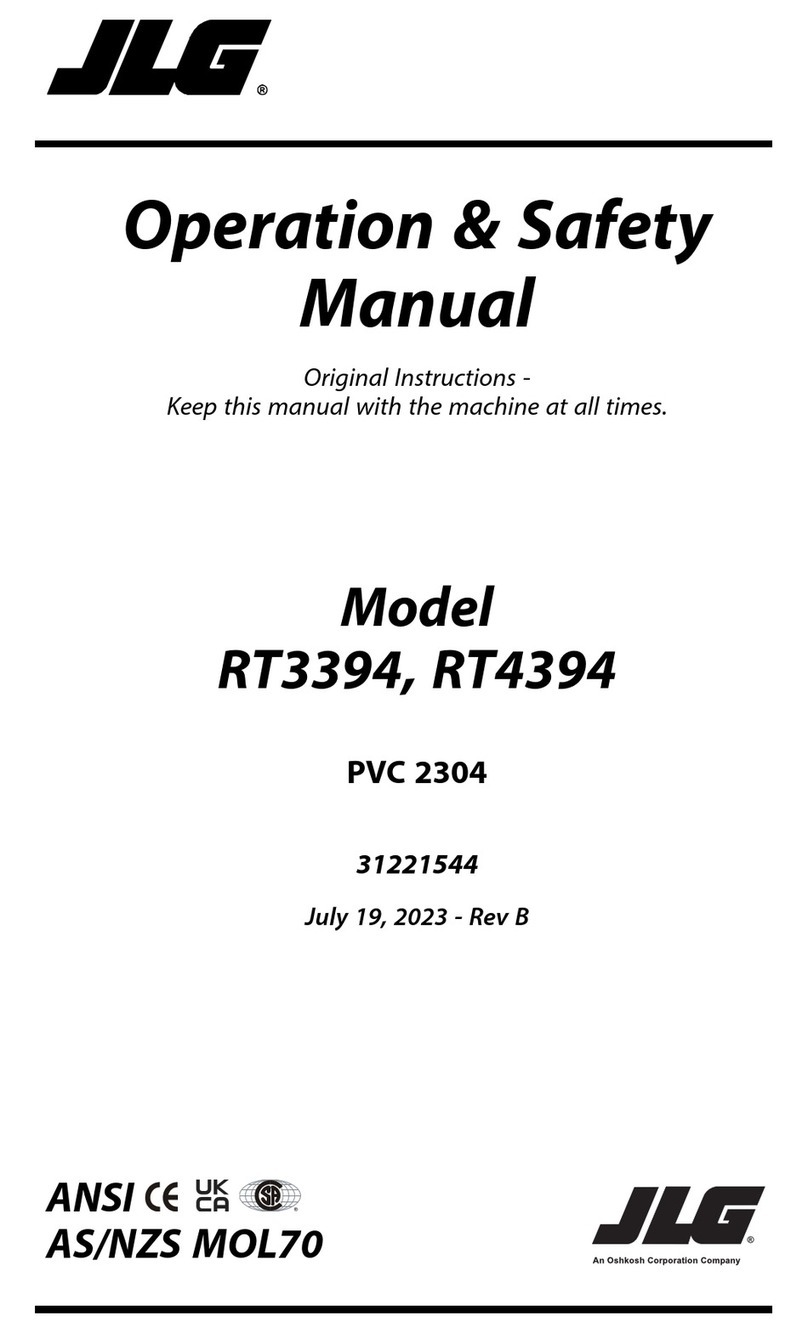
JLG
JLG RT3394 Use and care manual

JLG
JLG Toucan 8e Installation and user guide
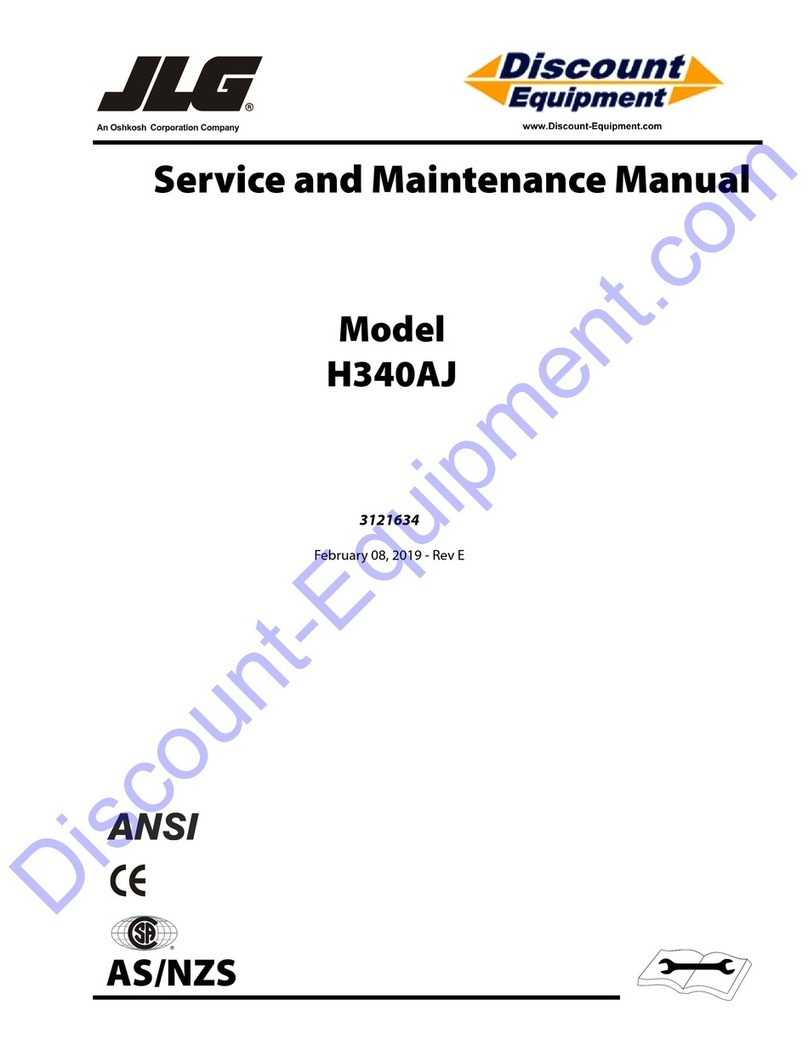
JLG
JLG H340AJ Installation and user guide

JLG
JLG 600S Use and care manual

JLG
JLG 10VP Installation and user guide

JLG
JLG 450A II Series Use and care manual

JLG
JLG 800A Use and care manual

JLG
JLG 800S Use and care manual
Popular Boom Lift manuals by other brands
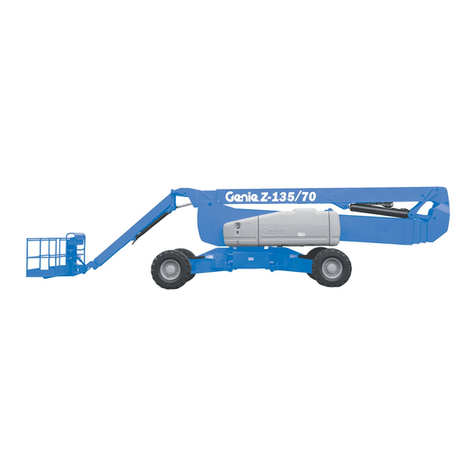
Genie
Genie Z-135/70 installation instructions

Oshkosh Corporation
Oshkosh Corporation JLG H800AJ Operation and safety manual
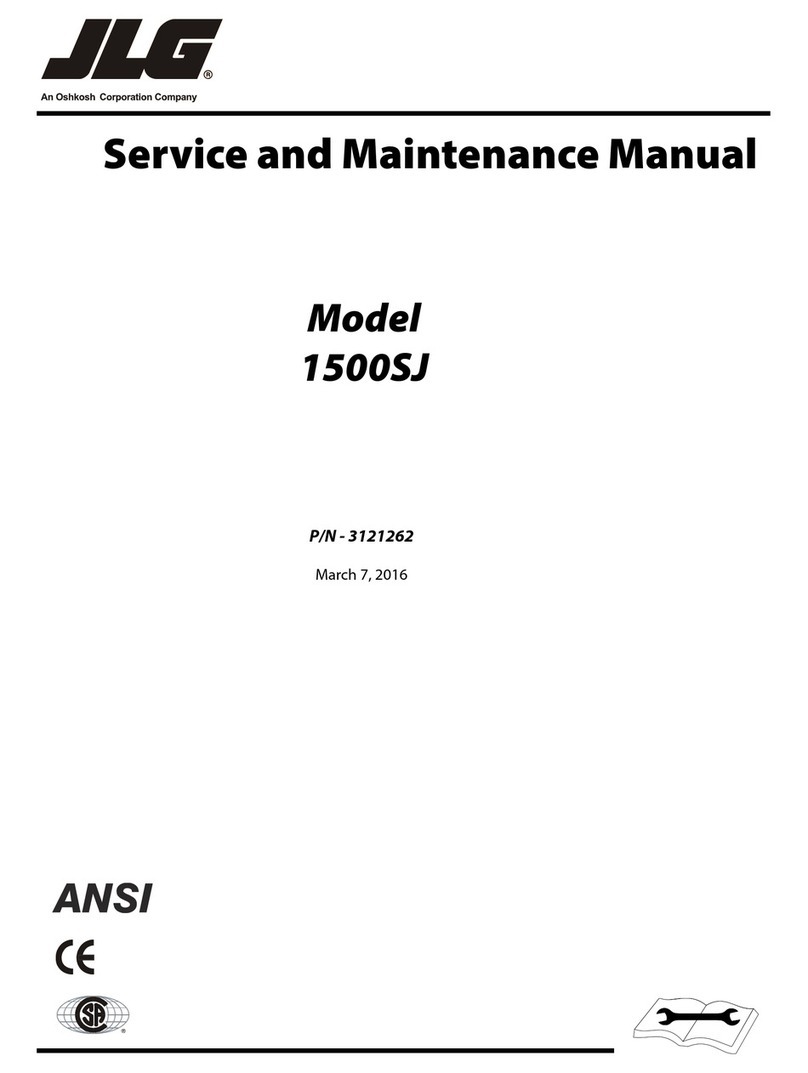
Oshkosh
Oshkosh JLG 1500SJ Service and maintenance manual
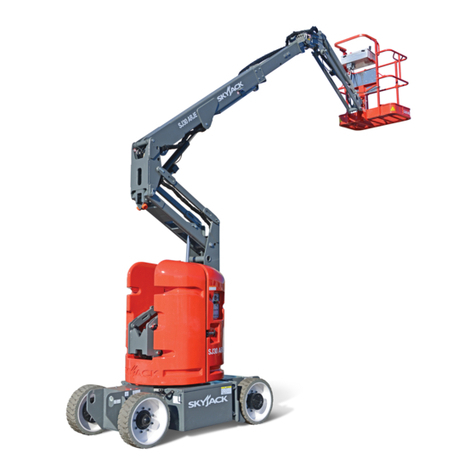
Skyjack
Skyjack SJ30AJE Service manual
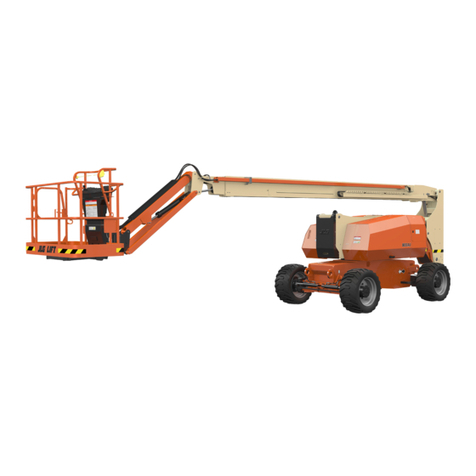
Oshkosh
Oshkosh JLG 800A Service and maintenance manual

Terex
Terex Genie Z-135/70 installation instructions




